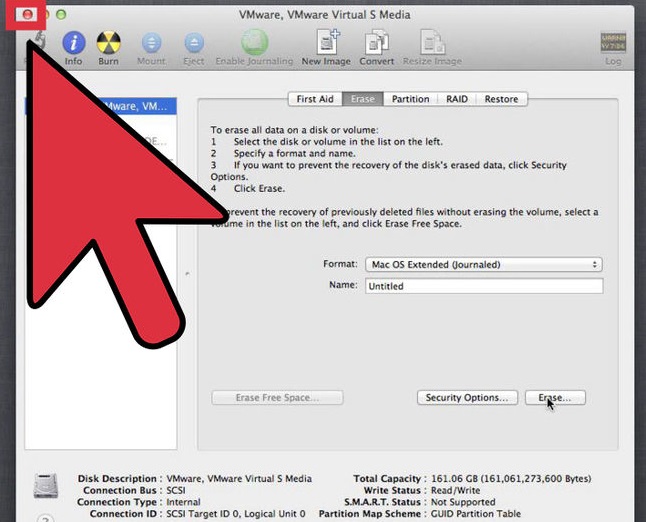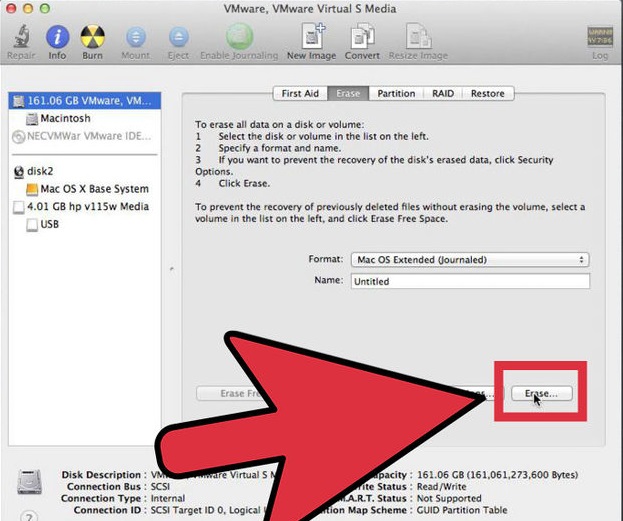
- #MACBOOK PRO OPENS TO OS X UTILITIES HOW TO#
- #MACBOOK PRO OPENS TO OS X UTILITIES MAC OS X#
- #MACBOOK PRO OPENS TO OS X UTILITIES UPGRADE#
- #MACBOOK PRO OPENS TO OS X UTILITIES FULL#
- #MACBOOK PRO OPENS TO OS X UTILITIES MAC#
#MACBOOK PRO OPENS TO OS X UTILITIES HOW TO#
In this how-to I'll show you how to launch an OS X app from the command line with the open command.įirst off, I will admit this technique is fairly geeky. But with OS X and its Darwin core, there's often an elegant integration between the two.
#MACBOOK PRO OPENS TO OS X UTILITIES MAC#
How To Maximize Window In Macbook ProblemsWhere in the world are Mac sales growing? Everywhere.In some flavors of Unix, you feel as if you've been cast into an alternate universe when you open a terminal window and work on the command line.

#MACBOOK PRO OPENS TO OS X UTILITIES MAC OS X#
WWDC 2011 begins today - Mac OS X Lion, iOS 5 and iCloud unveiling sets the stage for a Unified Apple PlatformĪpple CEO Steve Jobs to introduce Apple's next generation software Mac OS X Lion, iOS 5, and iCloud during WWDC Keynote Address on Monday, June 6Īmazon launches a Mac Download Store - software and games for your Mac WWDC 2011 - Apple's SVP of Product Marketing Phil Schiller, discusses the State of the Mac Town of Wellesley Massachusetts - 'Macs Apple of their eye'
#MACBOOK PRO OPENS TO OS X UTILITIES UPGRADE#
#MACBOOK PRO OPENS TO OS X UTILITIES FULL#
Once a window is minimized to the Dock just click on it to bring back in full view. Note how it looks in the Dock when fully minimized. The example below shows the minimize of a Finder window to the Dock using the Genie Effect. The behavior is controlled by a Dock preference setting under System Preferences choices are 'Genie Effect' (default setting) and 'Scale Effect'. When you do this the window will find it's way to the right side of the Dock and will show up as a very small window. You can minimize a window by clicking on the yellow button. Additional single window examples include Calculator, Dictionary, and DVD Player to name a few. Single window applications on the other hand will quit. You can verify this behavior using several different methods in Mac OS X for example, by looking under the application's icon in the Dock or by using Activity Monitor.Īs a general rule, document-centric and/or applications that can have multiple windows open at any given time remain open when the window's close button is clicked. TextEdit however will continue to run when the close button is clicked. System Preferences quits when you when you click the close button. An ideal example to demonstrate this behavior would be a comparison of System Preferences and TextEdit. Some applications will quit when you close the window, some won't. In OS X however, clicking the left red button does not necessarily quit an application, in many cases it just closes the window for that application. Windows users are used to clicking the red 'X' in the upper right button in Microsoft Windows to quit an application. You will begin to realize that out of the three, you will most often use the close button.Ĭlose ButtonTo close a window, position your mouse pointer over the red button located at the upper-left corner of the window and click the mouse button.


Hover over red and you'll see an 'x', hover over yellow to see a '-', hover over green to see a '+'. Just put the mouse over the buttons and you'll see symbols appear within the buttons.


 0 kommentar(er)
0 kommentar(er)
